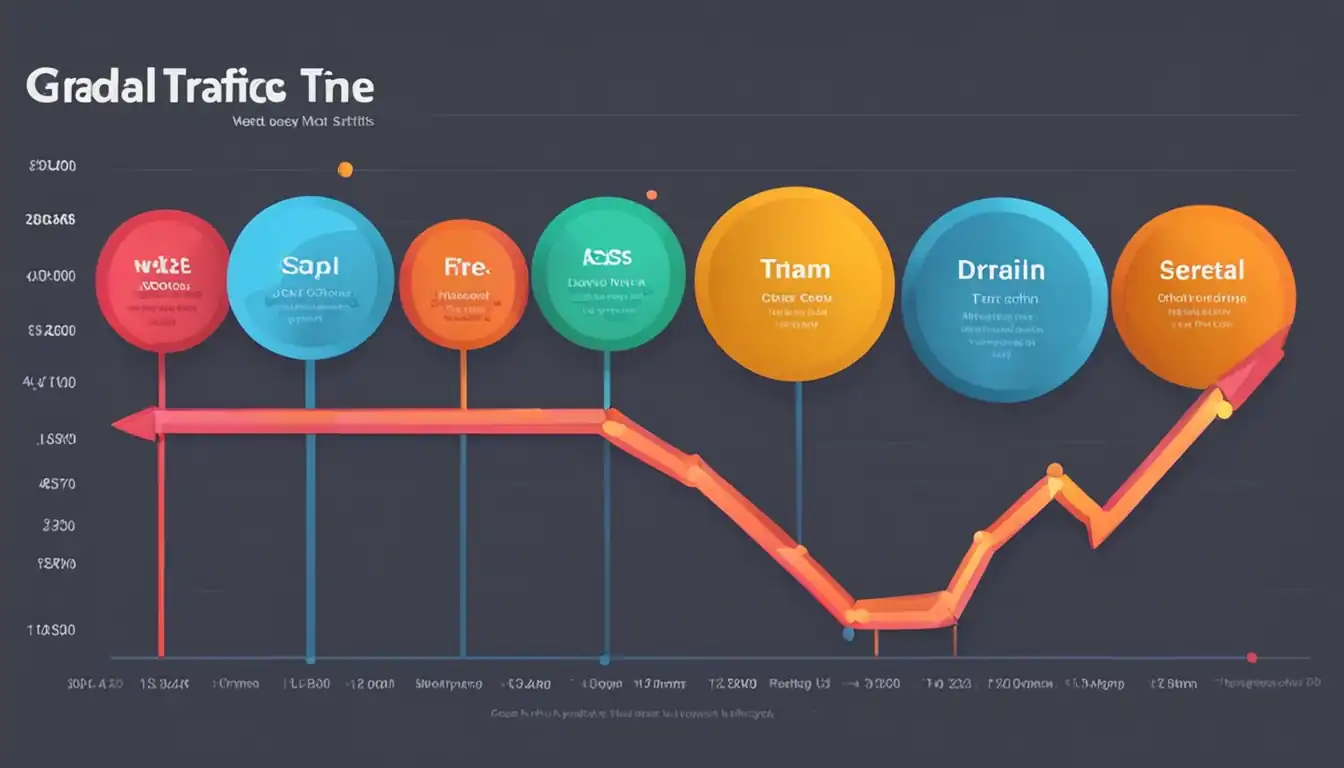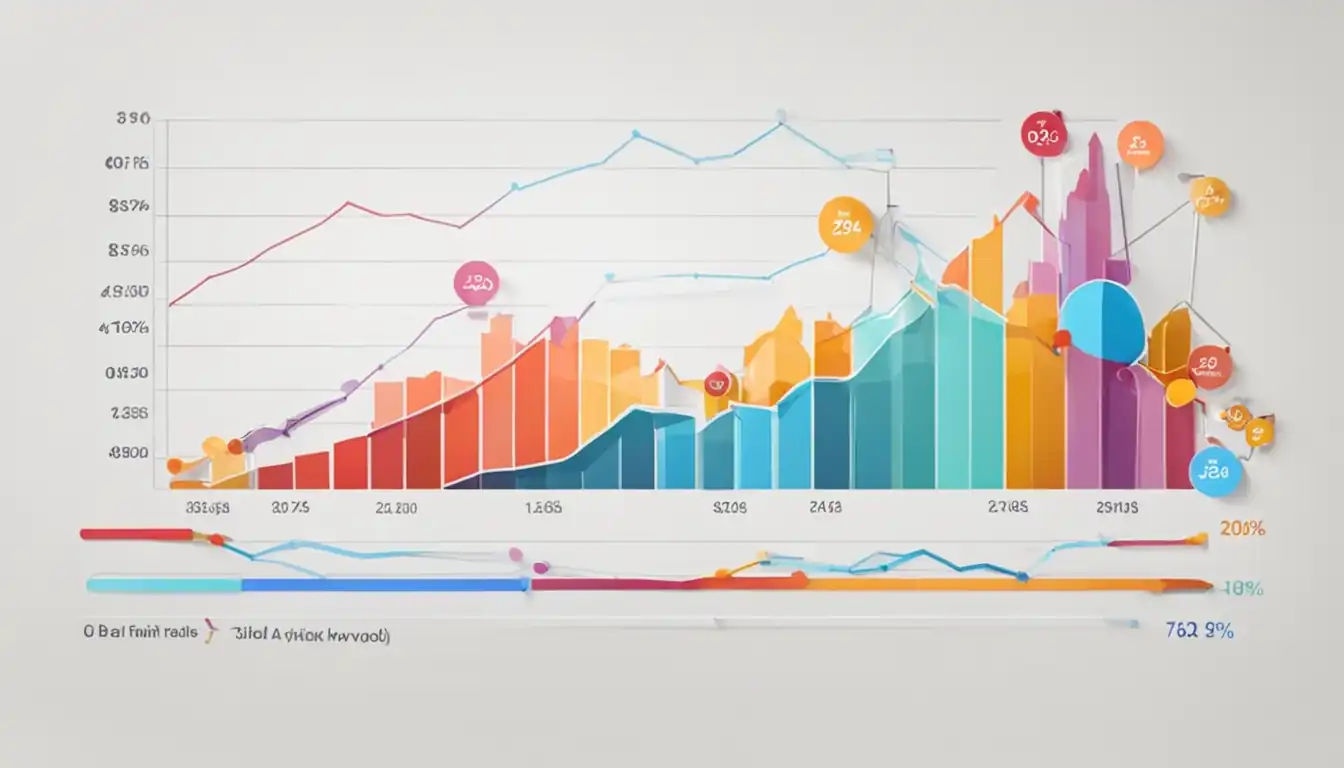Unlocking the Power of Long-Tail Keywords for SEO

In the world of SEO, long-tail keywords are like hidden treasures waiting to be discovered. These specific phrases may not have the search volume of more generic terms, but they can pack a powerful punch when it comes to driving targeted traffic to your site. Understanding how to unlock the potential of long-tail keywords is essential for any content-driven SEO strategy.
Understanding Long-Tail Keywords

What Are Long-Tail Keywords?
Long-tail keywords are specific and longer phrases that users typically search for when they are closer to making a purchase or seeking detailed information on a particular topic. These keywords are more targeted and have lower search volume compared to short-tail keywords.
Why They Matter in SEO
Long-tail keywords play a crucial role in SEO as they help websites attract highly targeted traffic. By targeting these specific phrases, businesses can reach potential customers who are actively looking for what they offer. Additionally, long-tail keywords often have less competition, making it easier for websites to rank higher in search engine results pages (SERPs) for these terms.
The Art of Finding Long-Tail Keywords
Long-tail keywords are specific phrases that users search for, often indicating a higher level of intent and specificity. Incorporating long-tail keywords into your SEO strategy can help you attract more targeted traffic to your website.
Tools and Techniques
When it comes to finding long-tail keywords, there are several tools and techniques that can help you identify relevant phrases that your target audience is searching for. Some popular tools include:
- Google Keyword Planner: This free tool allows you to research keywords and see their search volume and competition levels.
- SEMrush: A paid tool that provides in-depth keyword analysis, including keyword difficulty and trends.
- Ahrefs: Another paid tool that offers comprehensive keyword research capabilities, along with competitor analysis.
In addition to using these tools, there are also techniques you can employ to uncover long-tail keywords:
- Brainstorming: Think about the specific questions or problems your audience may have that your content can address.
- Analyzing Competitors: Look at the keywords your competitors are ranking for and identify opportunities they may have missed.
- Using Google Autocomplete: Start typing a relevant keyword into Google's search bar to see suggestions for related long-tail keywords.
Analyzing Your Niche for Opportunities
Before diving into keyword research, it's essential to analyze your niche and understand the needs and preferences of your target audience. Here are some steps you can take to identify opportunities for long-tail keywords:
- Identify Your Target Audience: Determine who your ideal customers are and what topics they are interested in.
- Research Industry Trends: Stay up-to-date on industry news and developments to identify emerging topics or issues.
- Monitor Social Media: Pay attention to discussions on social media platforms related to your niche to uncover potential keyword opportunities.
- Survey Your Audience: Conduct surveys or interviews with your audience to gather insights into their pain points and interests.
By taking the time to analyze your niche thoroughly, you can uncover valuable long-tail keywords that will help drive targeted traffic to your website.
Crafting Content Around Long-Tail Keywords

When it comes to unlocking the power of long-tail keywords for SEO, crafting content that revolves around these specific phrases is key. Here are some strategies to keep in mind:
Integrating Keywords Naturally
One of the most important aspects of using long-tail keywords effectively is integrating them naturally into your content. Rather than forcing keywords into your writing, focus on creating high-quality, valuable content that naturally incorporates these phrases. This not only improves the user experience but also signals to search engines that your content is relevant to those specific queries.
Balancing Keyword Density and Readability
While it's essential to include long-tail keywords in your content, it's equally important to maintain a balance between keyword density and readability. Overloading your content with keywords can make it sound unnatural and spammy, which can turn off both readers and search engines. Aim for a keyword density of around 1-2% and focus on creating engaging, informative content that provides value to your audience.
By following these tips for crafting content around long-tail keywords, you can improve your SEO strategy and drive more targeted traffic to your website.
Optimizing Your Site Structure with Long-Tail Keywords
Strategic Placement in Meta Tags and Descriptions
When it comes to optimizing your site structure with long-tail keywords, strategic placement in meta tags and descriptions is crucial. Meta tags, including title tags and meta descriptions, provide search engines with important information about your website's content. By incorporating long-tail keywords into these tags, you can improve the visibility of your site in search engine results pages (SERPs).
Key Points:
- Include long-tail keywords naturally in your title tags to accurately describe the content of each page.
- Craft compelling meta descriptions that incorporate long-tail keywords to entice users to click through to your site.
- Avoid keyword stuffing in meta tags, as this can have a negative impact on your SEO efforts.
URL Optimization and Internal Linking Practices
URL optimization and internal linking are additional ways to optimize your site structure with long-tail keywords. When creating URLs for your webpages, consider including relevant long-tail keywords to provide both search engines and users with a clear understanding of the page's content. Additionally, incorporating internal links that use long-tail keywords as anchor text can help search engines better understand the relationships between different pages on your site.
Key Points:
- Create clean, descriptive URLs that include relevant long-tail keywords for improved SEO.
- Use internal linking to connect related pages on your site using long-tail keyword anchor text.
- Ensure that all internal links are relevant and add value to the user experience.
Incorporating long-tail keywords into these key areas of your site structure can help boost your SEO efforts and drive more organic traffic to your website. By strategically placing long-tail keywords in meta tags and descriptions, optimizing URLs, and implementing internal linking practices, you can unlock the power of long-tail keywords for SEO success.
Measuring the Impact of Long-Tail Keywords on SEO

Long-tail keywords play a crucial role in enhancing the visibility and ranking of a website on search engine result pages (SERPs). In this section, we will explore how to measure the impact of long-tail keywords on SEO.
Tracking Performance with Analytics Tools
One of the key aspects of understanding the impact of long-tail keywords on SEO is tracking their performance using analytics tools. By utilizing tools such as Google Analytics, SEMrush, or Ahrefs, website owners can gain valuable insights into how well their chosen long-tail keywords are performing.
Key points to consider when tracking performance:
- Monitor organic traffic generated by long-tail keywords
- Analyze keyword rankings and click-through rates
- Measure conversions and goal completions attributed to long-tail keywords
By regularly monitoring these metrics, website owners can identify which long-tail keywords are driving the most traffic and conversions, allowing them to optimize their content strategy accordingly.
Adjusting Strategies Based on Data Insights
Once data has been collected and analyzed, it is essential to adjust SEO strategies based on these insights. If certain long-tail keywords are underperforming or not generating the desired results, it may be necessary to reevaluate and refine the keyword selection process.
Tips for adjusting strategies based on data insights:
- Experiment with different variations of long-tail keywords
- Focus on creating high-quality content that aligns with user intent
- Optimize meta tags and on-page elements for targeted long-tail keywords
By continuously refining and adapting SEO strategies based on data insights, website owners can unlock the full potential of long-tail keywords and improve their overall search engine visibility.
Conclusion
Long-tail keywords are a game-changer in the world of SEO, offering a unique opportunity to reach your target audience with precision and impact. By mastering the art of finding, crafting content around, optimizing your site structure with, and measuring the impact of these valuable keywords, you can take your SEO efforts to new heights. So don't underestimate the power of long-tail keywords - they just might be the key to unlocking success for your website.